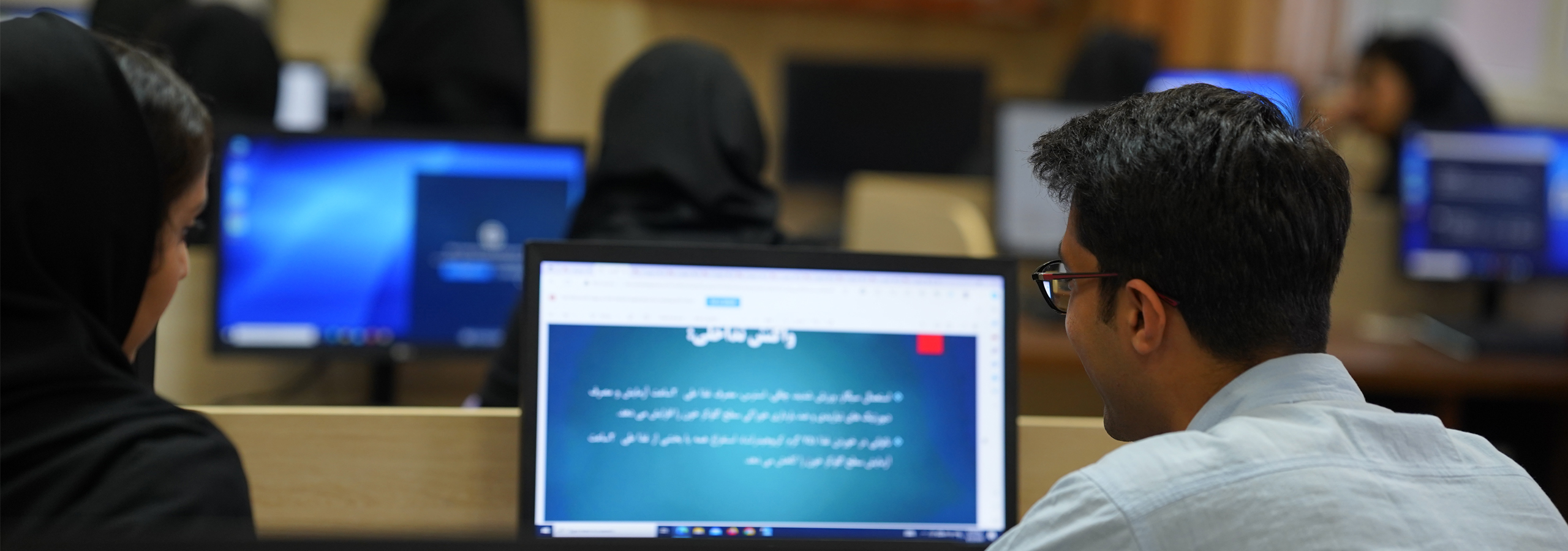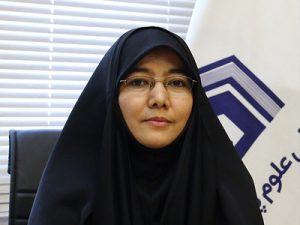Introduction to Health Information Technology (HIT)
HIT is an interdisciplinary field centered on information technology, emerging from the field of medical records. With the rise of software systems, paper-based records are being replaced, evolving the field into what is now called Health Information Technology.

Who can pursue this field?
Taught at medical universities, HIT requires passing the national science exam. While not often the first choice for many students, it offers a dynamic and appealing blend of IT and medical applications. It is ideal for those interested in both computer science and healthcare, offering more practical and versatile opportunities compared to pure IT fields.
Career Opportunities:
HIT graduates can work in:
- Coding: Medical coding, surgical procedures, and international classifications.
- Health Information Systems: Data management, health system applications, and analytics.
- Computer Science: Programming, databases, computer networks, and software applications.
- Medical Sciences: Anatomy, physiology, pathology, and pharmacology.
- Statistics & Research: Epidemiology, health data analysis, and research methods.
- Management & Insurance: Health economics, accounting, and operational oversight in healthcare settings.
Students are trained in various skills, including:
- Office tools (Windows, Word, Excel, PowerPoint).
- Programming (HTML, CSS, JavaScript, Python, PHP, MySQL).
- Graphic design (Photoshop, Premiere).
- Health systems (HIS, Telemedicine).
- Data analysis (Power BI, ArcGIS).
- Research tools (Mendeley, Google Scholar).
Contact us
Brochures
View our 2020 Medical prospectus of
brochure for an easy to read guide on
all of the services offer.






